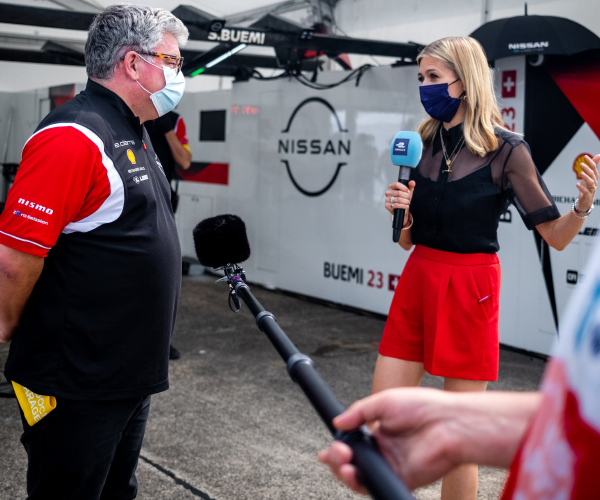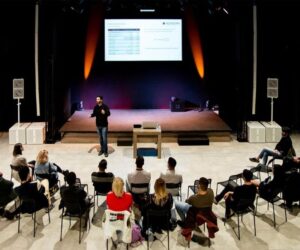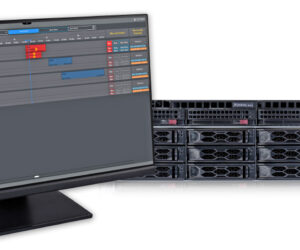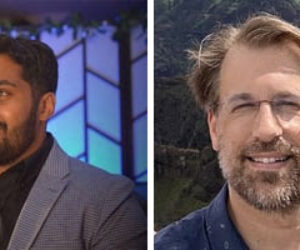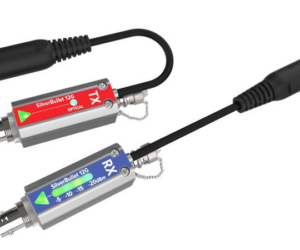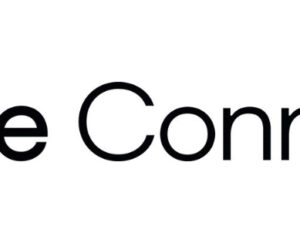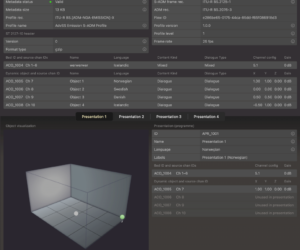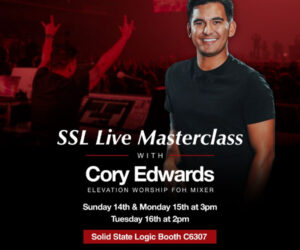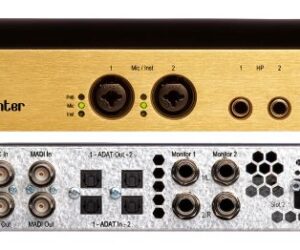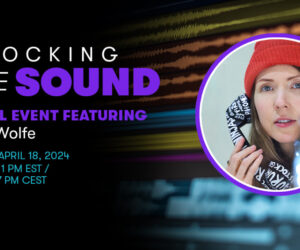The sound recordists responsible for delivering this year’s ABB FIA Formula E coverage to the BBC made use of Bubblebee Industries technology to help circumnavigate the impact of Covid 19, which had threatened the sport’s 2019/2020 season.
Formula E faced challenges because of the pandemic. Normally the fully electric, single-seat cars race around major city centers in front of thousands of spectators but due to the pandemic that was deemed unsafe. After months of deliberation a solution was found – namely to complete the season by holding six races over nine days, behind closed doors, at Berlin’s iconic Templehoff airport. Live TV coverage was provided by host broadcasters Aurora Media Worldwide and North One TV, known as Formula E TV, which supplies the international and English host broadcast feed to channels such as the BBC, Eurosport and Mediaset.
Formula E sound supervisor is Paul Halstead, who heads a crew of sound engineers, many of whom have extensive live broadcast experience and have been involved in Formula E since its first season six years ago. “We work as a team but we have very distinct roles,” Halstead explains. “Scott Morton looks after ENG crews and is involved with the live presentation element, while I handle mic allocation around the track and mixing the international feed, along with any additional race support presentation.”

For the Berlin races, Halstead and Morton contended with the German Government’s social distancing rules, which meant making changes to how the audio was captured. Handheld microphones shared between interviewers and drivers were obviously out, so they switched to boom microphones and used Bubblebee Industries Spacer Bubbles to get an appropriate balance between wind protection and audio transparency.
“Switching to boom mics was a major safety protocol and we used them for more than 80 percent of our ENG and live presentation audio,” Morton notes. “In this new landscape, presenters can’t get close enough to the drivers to share a handheld mic, and our sound engineers are not allowed to touch the talent so we can’t easily fit lavaliers. Our solution was to give presenters their own stick mic and use a boom mic to capture the interviewee’s responses.”
He adds that the Spacer Bubble system proved its merit during the event because it can be adapted to suit the weather and ambient noise levels. The three-piece windshield for shotgun microphones is specifically designed for changing conditions and offers a noise-free mesh base with coarse foam inside and a specially designed rubber mount that can be left on the boom or camera mic. The foam and mesh are well-suited for indoor recording, while short- and long-haired fur Spacer Covers are available for outdoor recording and can be fitted to provide wind protection.

“The modular nature of the Spacer Bubble system was perfect for us because we could get variations in the shielding,” Morton says. “Other systems are full on fur or nothing. We like the flexibility this system gives us because it means we are able to adapt to changing weather conditions much more quickly. We used them with various Røde and Sennheiser shotgun microphones and got excellent results. As so much of the audio for the Berlin event was captured on boom mics, Bubblebee Spacers were very much in evidence – especially as we didn’t worry too much about booms being in shot because there was so little we could do about it.”
Another change adopted by the Formula E sound team in Berlin was Bubblebee’s Sidekick in-ear monitor, a low-profile earpiece that became an important piece of the communication effort because it allowed the sound crew, presenters and talent out on the track to communicate with the sound mixers back in the studio.
“The earpieces were great at blocking out noise and I was able to communicate very easily with everyone out on the track,” Halstead says. “Formula E is not as noisy as Formula One, which I have also worked on, but you still require a discrete solution where the presenters can hear the gallery. You can get away with earpieces instead of headphones for comms – and that makes a big difference to how the presenters look on the show.”
Morton adds: “Our presenters (Nicki Shields and Vernon Kay) were very happy with the Sidekicks and were able to wear them for long stretches of time because they were so comfortable. From an aesthetic point of view it looked better on camera because you couldn’t see the presenters were wearing an earpiece at all. There was one occasion where I gave Nicki a telling off for not having her earpiece in when we were about to go on air, only to have to issue a grovelling apology when she pointed out that she did have it in – I just couldn’t see it.”
The presenters fitted and cleaned their own earpieces, which was especially important because Covid restrictions meant they had to be responsible for their own kit.
“I work on a number of other live shows such as Gogglebox and I shall certainly be recommending Sidekicks to them because they are so invisible,” Morton concludes.


